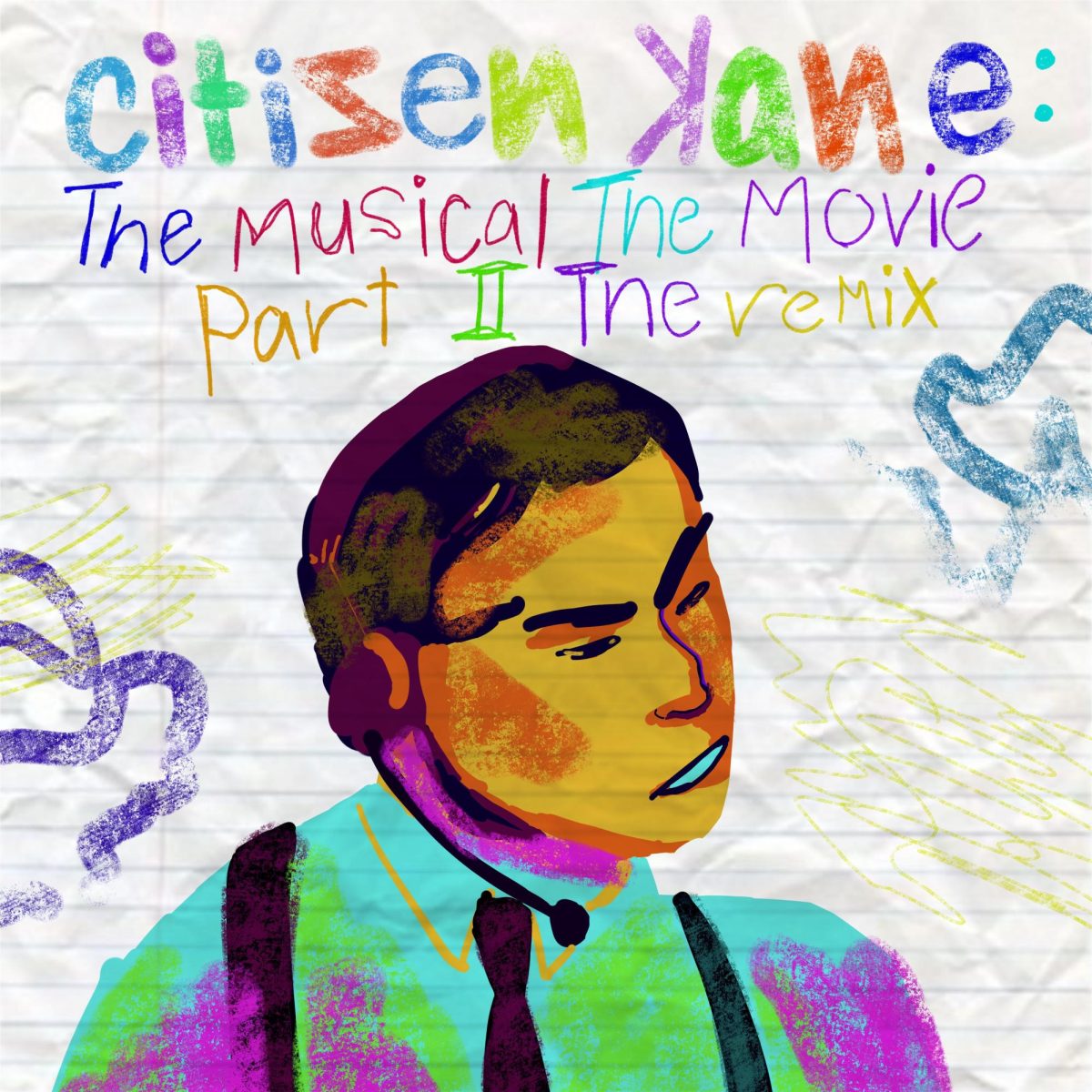Things aren’t always what they seem: the effects of scamming on the elderly
Credit: Nola Mullins
Loy Norrix teacher Lisa Schroer instructs her Algebra 1 class during second period, one of her earlier classes of the day.
October 22, 2021
An elderly woman drives to a Walmart in the middle of the day, planning to buy around 10 gift cards with up to $500 charged on each to save herself from financial fraud, or so she has been made to believe. Online scammers have been in communication with her, impersonating her bank. She has become so convinced that she is a victim of fraud that she is willing to send someone who claims to be able to help her over $20,000. She is not yet a victim of fraud, but she soon will be.
The scamming of people over the age of 50 is becoming increasingly more common, with more than $3 billion in losses annually. $29.8 billion was lost to phone scams in the US in 2020, and $4.2 billion was lost to online scams. Older people are most commonly targeted because of the possibility of decreasing memory, alzheimers, and lack of knowledge about technology.
“The emails that I’ve seen most frequently are impersonating my bank, telling me that my account is compromised and that I need to give my login information,” said math teacher, Lisa Schroer, “I know for a fact it isn’t them because they never do that.”
Schroer gets at least one of these emails a week, with varying scam techniques. Schroer has also received phone calls telling her that there is money coming her way, trying to get her to give the scammers her personal information. Schroer has her phone number on a registered line, making her less vulnerable to scam calls.
“I also feel like the penalty should be higher when people are caught,” Schroer continued.
The penalty for online or phone scams can range from a misdemeanor to a felony charge, with a high court misdemeanor giving a possibility of jail time for up to two years. Most scam operations are based outside of the US, which makes it much more difficult to persecute the people who orchestrate them.
With the abundance of misinformation and scam calls today, older generations are becoming increasingly more vulnerable as technology grows.














Amira • Dec 9, 2021 at 11:43 am
Wow, this is so great, I’m truly proud of how far you’ve come <3